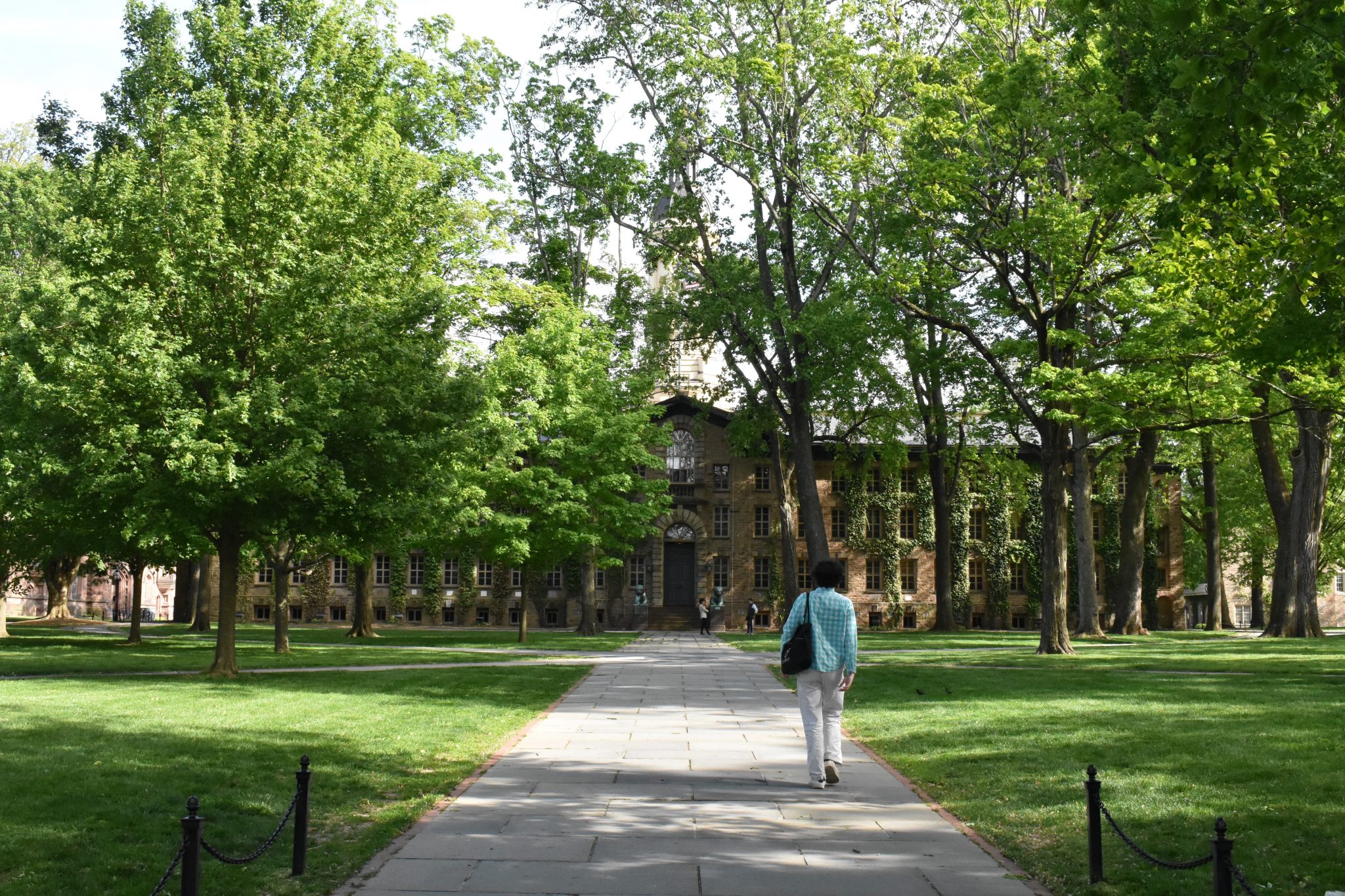As preparations continue for the construction of Princeton University’s new Environmental Studies (ES) and School of Engineering and Applied Sciences (SEAS) buildings, nearby residents are raising concerns and issues of damage from the blasting used to build the project.
For the ES & SEAS project, four new buildings will be constructed and connected underground.
Residents near the project site location, which is off of Prospect Avenue, Ivy Lane, Western Way and near FitzRandolph Road, gathered in the Carl Fields Center on the university’s campus with university officials and staff on May 18 to stress the blasting issues experienced and the continued concerns of damage to their homes.
According to George Washington University, controlled blasting is common in the construction of new buildings and breaks rock for excavation.
“Blasting is a standard construction methodology available to us. It is not a methodology that is uncommon and used routinely when the geology of a site requires it,” said KyuJung Whang, vice president for Facilities at Princeton University. “We are following national, state, and local codes. Blasting is the most effective, efficient and least impactful option available to us at this time.”
The Princeton residents who attended the community meeting who have been affected by the blasting, which has been occurring on weekdays at 1 p.m., had come from FitzRandolph Road, Western Way, Princeton Avenue, Murray Place and Aiken Avenue.
The damaged expressed by residents included damage to window frames, doors and molding. This also included seam and wall cracks, cracks and gaps on front porches, and a sinkhole under a house.
One of the about 30 neighborhood residents in attendance asked university officials about what will be done to adjust the blasting.
“We have been told that [university contractor Whiting-Turner] can adjust the blasting depending on the situation. This is the reason why we monitor every blast, because not all blasts are equal,” Whang said. “Some blasts are stronger than others. If a blast on a particular day is too strong and the readings are too high, we will dial it down for the next one.”
The first phase of blasting began in March. The second blasting phase is already underway and started on April 18. This phase is projected to be more than fourth months as the third blasting phase is expected to begin in early October.
The third phase is also expected to last more than four months to March 2023.
“We do get data from every blast and every seismograph. It comes to us in a variety of forms,” said Bill Bausmith, executive director of Capital Projects. “One form is an automatic email notification that we get, which paints all of the velocities of the blast, frequencies these velocities are occurring at, rolled up on a weekly basis.”
There are 12 seismographs stationed in the neighborhood by the university to record and measure the blasts.
A resident asked if there are other kinds of evidence, not just at Princeton, of the intensity of the blasting at the frequency utilized at the project site and the extent of damages.
Bausmith said, “We are under strict and clear guidelines that are mandated from the state and industry. We are overseen by a New Jersey state inspector and they witness what we are doing and take their own measurements with their own information. It is very clear in talking with them if they ever felt we were doing anything beyond what is acceptable they would stop us.”
The university’s contractor Whiting-Turner has set up a claims process for homeowners who believe damage has been caused to their home from the blasting.
If at the end of the process a homeowner believes that a claim has not been fully resolved the university will evaluate the claim and as appropriate address any damages that was not previously covered by Whiting-Turner, according to Whang.
A resident, who lives on FitzRandolph Road, asked university staff specifically when do they start the claims process.
“You should file a claim as soon as you experience or see anything that looks wrong. You can put that in Whiting-Turners lap as quick as possible,” Bausmith added.
Following the meeting, Martin Schneiderman, one of four committee representatives for nearby Princeton homeowners, said there had been nine homeowner damage claims to the date of meeting.
He added that some homeowners decided to contact Saul’s Seismic to conduct a house surveys that can used as reference for when a blasting claim is made.
University officials and staff said at the community meeting they will continue to meet with the homeowners’ core representatives monthly and hold a community meeting in September before the third phase of blasting begins.

